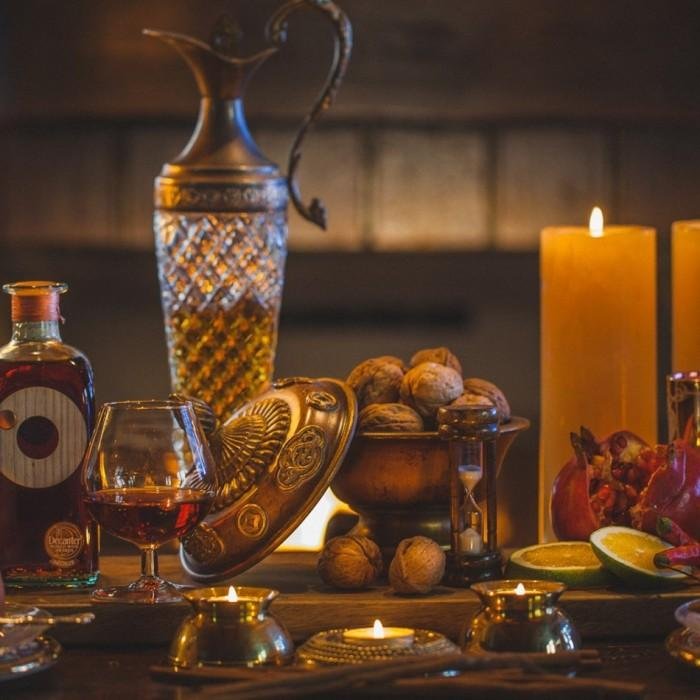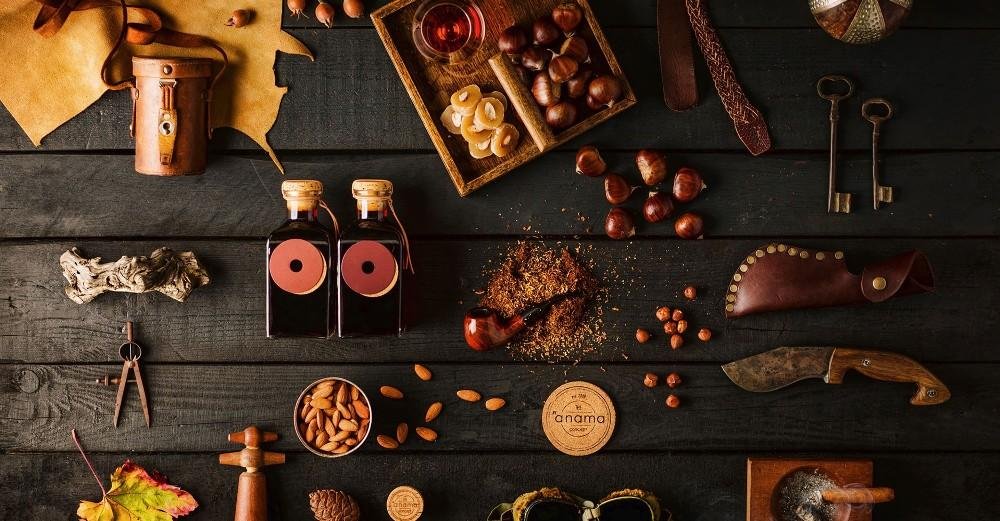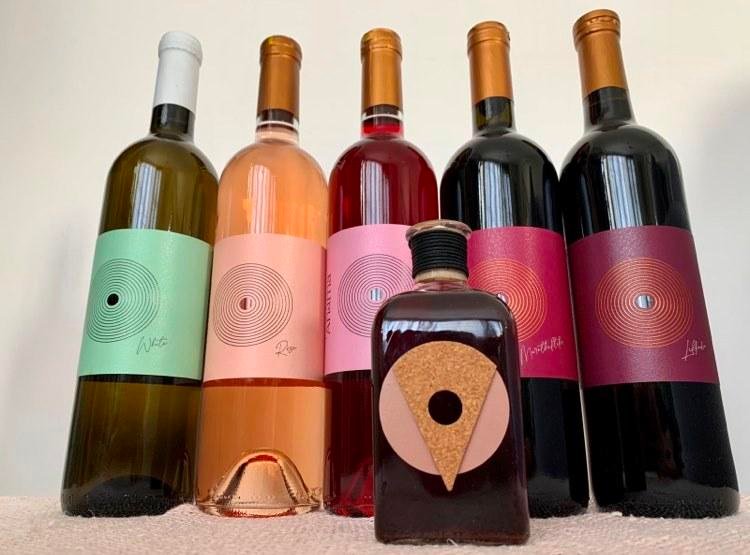
Увага! На сайті використовуються cookie файли.
The site uses cookie files
Даний сайт має вікове обмеження.
This site has age restrictions!
Я підтверджую, що мені, на жаль, давно виповнилося 18 років
Xynisteri, Maratheftiko, Agiorgitiko and Lefkada are impossible to find on the shelves of Burgundian wine shops and supermarkets. Many wine enthusiasts and experts are not familiar with those varieties what makes the first tasting even more intimate and special. Oleksandra Hryhorieva, Drinks+ correspondent in Burgundy, shared her experience with our readers.
Burgundians pride themselves on their high-quality wine (which, admittedly, has its merits), but it’s quite difficult to find a good selection of wines from neighboring counties such as Italy or Spain or sometimes even from other French wine regions, not to mention more distant lands. If one wants to discover the wines of the world and hone their tasting skills while living in Burgundy, perhaps the opportunities brought or highlighted by Covid can come in handy – e-tastings, online seminars or workshops, online research and wine delivery. At least, this is what I resort to, as it is not always possible to travel.
During my recent online market research, I got captivated by Cyprus, its boutique wineries and native grape varieties which constitute about 90% of the Cypriot vineyard. Cyprus, situated closer to Asia than its European counterparts, is situated in the Levant region. Historically, the Levant was a focal point of civilization for thousands of years, but with the arrival of the Ottomans, Cyprus saw a decline in its connection with wine, almost fading away. However, in recent times, the narrative of the region has taken a positive turn. The presence of ancient native grape varieties, viticulture at high altitudes, and innovative winemaking practices now play a role in producing wines with distinct personalities, telling a remarkable story.

In his article “The Rise of Cypriot Wine”, Demetri Walters MW gives a nice appellation overview. The Cypriot Wine Products Council follows European Union regulations in establishing the country’s wine appellation system. There are seven Protected Designations of Origin (PDOs) and four Protected Geographical Indications (PGIs). The PGIs represent the major wine-producing regions of Cyprus: Lefkosia (Nicosia), Lemesos (Limassol), Larnaka (Larnaca), and Pafos (Paphos). To qualify for the PGI, wines must contain at least 85% grapes from the specified geographical indication. The vines must be a minimum of four years old, and yields are restricted to 55 to 70 hectoliters per hectare, depending on the grape variety. Red wines must have a minimum alcohol content of 11% ABV, while whites must have 10% ABV.
The seven PDOs include Commandaria, Krasochoria Lemesou, Krasochoria Lemesou-Afames, Krasochoria Lemesou-Laona, Laona-Akama, Vouni Panayia-Ampelitis, and Pitsilia. Each PDO has stringent elevation criteria ranging from 400 to 1,400 meters (1,300 to 4,600 feet). Vines must be at least five years old, and yields are capped at 36 to 45 hectoliters per hectare, depending on the variety. The minimum alcohol content for reds is 12% ABV, and for whites, it is 11% ABV.

I came across The ‘Anama Concept, a boutique winery located in the middle of a dense pine forest in Lythrodontas, a 30-minute drive from Nicosia or Larnaca. I had the opportunity to speak via video with Lefteris Mohianakis, Oenologist, Managing Director, and Kristina Apostolou, Creative Director, who kindly showed me around the place and talked about their approach to wine production. This was probably my first virtual visit to a winery.
Cyprus boasts a distinctive geological feature with an extensive range of soils, even within the same plot of land. Another unique aspect is the absence of valleys on the island, replaced by numerous slopes with varied orientations. In light of this, rather than confining their vineyards to a single terroir near the winery, The ‘Anama Concept have undertaken the initiative to rent and acquire older vineyards spread across the island. The cultivation, maintenance, and harvesting of these vineyards are meticulously carried out by hand, emphasizing quality control from the outset and providing personalized attention to each vineyard. The owners’ commitment extends to minimizing the use of chemicals and to following the nature-driven and sustainable approach. All products are strictly limited in quantity (approx. 1,000 bottles per label), allowing them to retain a high & fine quality as well as authenticity in each and every wine & spirit, as well as vintage, they produce.

Once I got my wines delivered, I decided to hold a small tasting to discover the indigenous grape varieties together with Richard Fussner, former international sommelier and now director of the Château du Clos de Vougeot, and Jeff Burrows, who holds the WSET Diploma and writes an award-winning wine blog, Food Wine Click!
The first thing we noticed is the fact that the wines have a marked extract and texture for rather low alcohol by volume (ABV). White and reds are interesting and can decently represent Cyprus and find its wine consumers abroad.
‘Anama Head In The Skies 2021, Xynisteri White Dry, Vegan, 11% vol
OH: Pale yellow color with golden sheen. The first nose is fruity and zesty; the second nose evolves to white peaches, ripe green apples, lemons, fresh pears, and apricots, followed by charming floral notes. Fresh, good intensity, appealing body with medium plus finish. Wine of very good quality.
‘Anama Head In The Skies 2021, Xynisteri-Maratheftiko Rosé Dry, Vegan, 11% vol
JB: Medium pink-orange color. Medium intensity nose with strawberry and watermelon aromas. Medium acidity, soft mouth with low intensity and complexity; soft but short finish. Good quality. Anonymous rosé.
‘Anama Oak Fermented 2021, Maratheftiko-Agiorgitiko Rosé Dry, fermented in French and American old barriques, Vegan, 12% vol
RF: Deep pink color reminiscent of Bordeaux Clairet. Fruity nose with an oak influence. Soft texture. It lacks freshness and maturation. Slightly bitter finish. It may be difficult to find an occasion for this wine and to pair it. Unusual for a Western European consumer.
‘Anama Maratheftiko – Oak Matured 2021 (Red dry)
Aged in used French and American barriques for 16 months, Vegan, 13% vol
JB: Deep ruby. Pronounced intensity. Oaky pine, dill, blueberry; wild, animal hints. Medium acidity, high tannins, medium body. Medium-to-long finish. Fruit still hiding under the oak. Good today but with age will develop better.
RF: Nice color extract. Nose: wild red fruit, animal, spice. Intense mouth with black fruit and smoky notes. Pleasant aroma persistence. Good potential for aging.
‘Anama Lefkada – Oak Matured 2021 (Red dry)
24 months in French and American used oak barriques, Vegan, 13,5% vol
OH: Deep purple. Intense ripe red fruit (plump, cherry) aromas, berries and spices (pepper, cloves), coconut. Intensive tannins, well-structured medium body, fresh with medium acidity and quite long finish. Suitable for aging. This wine has a character, ambitious.
‘Anama Vintage 2013
A ripe, sweet wine produced from sun-raisined grapes, following a natural vinification protocol. The 100+ year-old vines of the indigenous varieties Mavro & Xinisteri, situated along the slopes of Zoopigi (1,100+m altitude), are cultivated solely by hands & tools.
Release date: March 2019
Total Production: 1,678 numbered bottles
Oak Barrel Aging Period: 5 years
Further Aging Potential in bottle: 40 years+
Alcohol: 14% vol
Photos: Lefteris Mohianakis, Kristina Apostolou, The ‘Anama Concept‘s Visual Journals